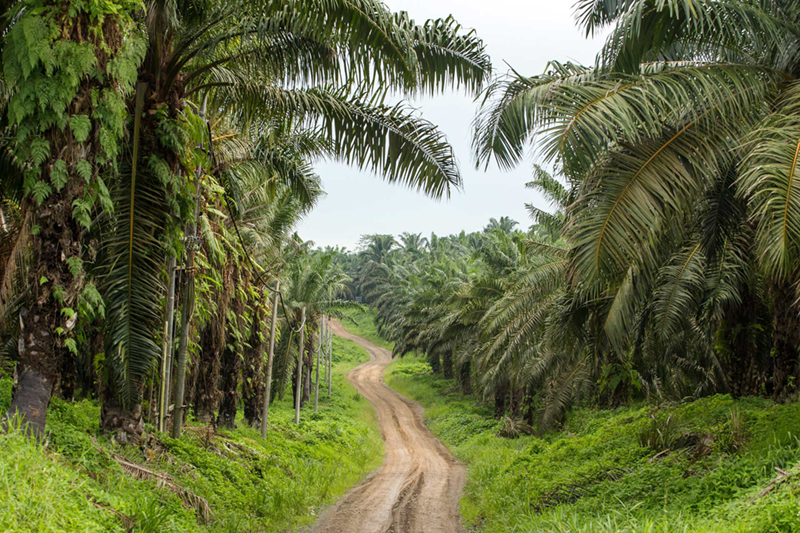Written by Teodora Harrop, FICA on Thursday 3 March, 2022
This article, the third in our series on the illegal wildlife trade, explores red flags and the importance of timely, quality reporting.
Recent studies into the supply and demand of wildlife have revealed an unwelcome picture. One review[1] of online platforms conducted over a six-week period found listings for the UK market comprised of ‘1,885 live animal specimens and 571 parts and products’, with an estimated value of £741,676.
Many other jurisdictions face the same issue. A recent review[2] of social media in Singapore identified:
3,354 live animals for sale in 44 Singapore-based Facebook groups from December 2018 to April 2019…online sellers were unlicensed and therefore acting illegally. Almost 99% of the wildlife found in the study were birds.
We’ve all heard the saying ‘a dog is for life, not just for Christmas’, and most recognise that respect for life is a fundamental ethical tenet. Unfortunately, there is widespread, insufficient understanding that the same holds true for ‘exotic’ pets, and there is a lack of knowledge on the stark implications of their trade. The following, from the US Department of the Interior, is a case in point:
75% of parrots captured in Mexico for the illegal pet trade die in transit, according to one study. This suggests that for every live illegal parrot available to buyers, 3 never even made it to market.[3]
Compounding the problem is the fact that even if the illegal trade is intercepted by the authorities as part of an investigation, it is nearly impossible to return animals to their habitats:
Even if law enforcement officials intercept live animals, the stars have to align to return them to the wild: Officials must know where they are from, how to get them there, and how to ensure safety for the individual, other wildlife, and humans. This is rarely possible. So instead, zoos and other wildlife rescue groups struggle to provide lifelong care for these critters, in facilities already at capacity. In some cases, confiscated wild animals can neither be released nor properly cared for in captivity, and they must be euthanized.
Though demand for wildlife and associated products is growing, our ability to prevent it is hampered by a lack of access to information and investigative constraints (both resourcing and legislative).

What can be done about it?
Previously, we discussed the need for countries to possess appropriate legal provisions, and to improve the information flows and cooperation between investigative agencies.
For organisations, it is key that their employees are trained to identify and report suspicious transactions.
Red flags and a practical example
A wide range of examples of red flag indicators[4] have been previously published by FATF, with pertinent examples below.
- Activity involving PEPs and wealthy businessmen/women, particularly those
with environmental, game, or forestry oversight or environmental or wildlife-
related businesses. - Illogical or anomalous loans between trading or import/export companies in key IWT [illegal wildlife trade] source or transit countries.
- Illogical or anomalous purchases, payments, or other transactions related to
gold trading from business accounts of clients. Payments for wildlife shipping
are often masked as payment for gold or to gold trading business. - Large dollar wire transfers between wildlife farms and firms operating in
inconsistent lines of business. Particular attention should be given to payments
with firms that produce goods which may be used as “cover loads” to hide illicit
wildlife products (e.g. manufacturers / traders of coffee, tea, beans, or used
clothing).
It should be recognised that illegal wildlife trafficking is often linked to other types of crimes, such as human trafficking, money laundering or bribery and corruption.
The example below charts the progression of an investigative case, which started as a local wildlife investigation,[5] undertaken by the national Financial Information Processing Unit of Cote d’Ivoire. It later progressed to a full-scale money laundering and corruption investigation, involving four other jurisdictions: Burkina Faso, Mali, Vietnam, and China.
The investigation led to asset seizures and eight arrests, including the head of the criminal network, Tran Van Tu, a Vietnamese national.
The huge scale[6] of this operation can be illustrated by the assets seized:
- 15kg of worked ivory and 22 elephant tusks
- 307kg of panther teeth and claws, and
- approximately $845,000 held in various accounts.
A conservative estimate of 70 elephants and an even bigger number of panthers were harmed to substantiate the above asset seizure, with countless other victims over the years.
The red-flag indicators[7] included:
- the smuggling of animal parts
- the huge exchange of cash between the various actors involved, and
- an absence of convincing links between the various people and implicated companies.

Parting thoughts
The illegal trade in wildlife is a grave offence to human decency. Fortunately, there are things we all can do to help prevent it.
We should acknowledge that typical money laundering indicators can expose links to other types of criminality, and that early reporting can greatly assist investigative efforts.
Whilst reporting of suspicious activities will aid the identification and reporting of crimes, there is often only limited information available regarding red-flag indicators and activity ‘hot spots’.
Timely, good quality data is therefore very important, underpinning effective investigations and enabling prosecuting authorities to identify and respond to issues without delay.
You may also like:
[1] Alexandria Reid and Cathy Haenlein, Whitehall Report 1-22: Illegal Wildlife Trade and Illicit Finance in the UK, RUSI, January 2022: https://static.rusi.org/314_WHR_G7_IWT_UK.pdf – accessed January 2022
[2] Traffic, ‘Singapore’s thriving online bird trade needs system to ensure legality, 2 December 2021: https://www.traffic.org/publications/reports/trading-faces-live-bird-trade-on-facebook-in-singapore/ – accessed December 2021
[3] US Department of Interior, ‘10 Things Poachers don’t want you to know about wildlife trafficking’, 9 September 2020: https://www.doi.gov/blog/10-things-poachers-dont-want-you-know-about-wildlife-trafficking – accessed December 2021
[4] Financial Action Task Force, Money Laundering and the Illegal Wildlife Trade, June 2020: https://www.fatf-gafi.org/media/fatf/documents/Money-laundering-and-illegal-wildlife-trade.pdf – accessed January 2022
[5] Egmont Group of Financial Intelligence Units, Financial Analysis Cases 2014-2020: https://egmontgroup.org/wp-content/uploads/2022/01/2021-Financial.Analysis.Cases_.2014-2020-3.pdf –accessed January 2022
[6] Egmont Group of Financial Intelligence Units, Financial Analysis Cases 2014-2020
[7] Egmont Group of Financial Intelligence Units, Financial Analysis Cases 2014-2020


